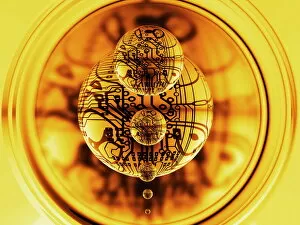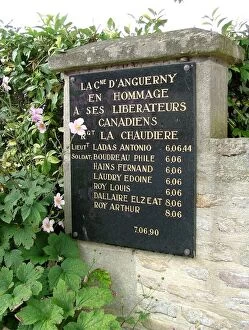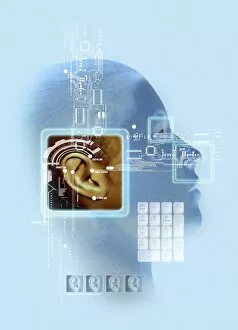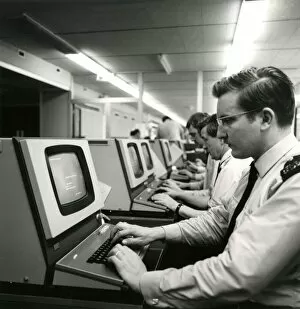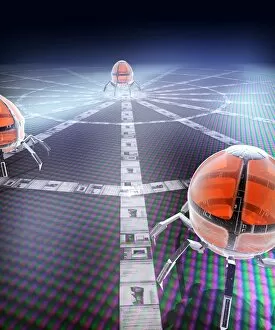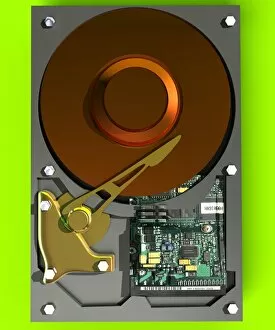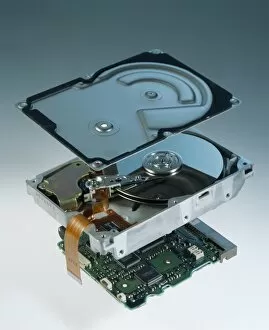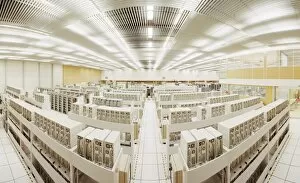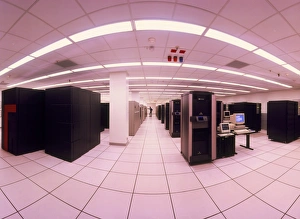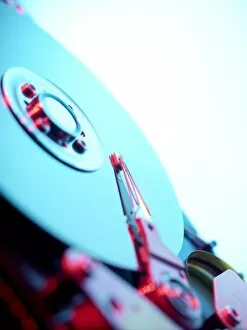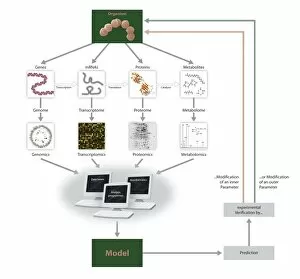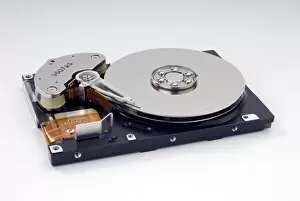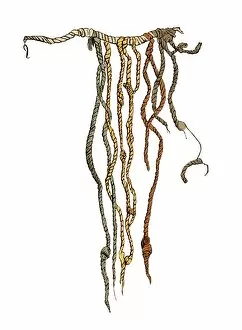Database Collection
"Unlocking the Quantum Computing Era: Exploring the Vastness of Databases" In a world where technology continues to evolve at an unprecedented pace
All Professionally Made to Order for Quick Shipping
"Unlocking the Quantum Computing Era: Exploring the Vastness of Databases" In a world where technology continues to evolve at an unprecedented pace, databases have become the backbone of our digital existence. From preserving historical legacies to solving complex crimes, databases hold immense power in their virtual realms. Journey back in time to 1947, where the Canadian Regiment la Chaudiere Memorial d'Anguerny stands tall as a testament to sacrifice and remembrance. Little did we know then that this memorial would foreshadow the birth of modern-day databases, paving the way for Scotland Yard's Central Records at their iconic Police Station. These archives became a treasure trove of invaluable information for investigators like DI Jill McTeague from the Arts & Antiques Squad, who relied on them while unraveling mysteries surrounding stolen artifacts. But it doesn't stop there – technological advancements brought us ear biometrics, revolutionizing security measures and even intertwining with artwork authentication. Imagine standing before an exquisite painting or sculpture; its authenticity confirmed not only by brushstrokes but also by analyzing intricate ear patterns captured through cutting-edge biometric scanners. As we delve deeper into Earth Lab's vast database, we realize how interconnected our planet truly is. Environmentalists harness this wealth of knowledge to understand climate change patterns and devise sustainable solutions for our fragile ecosystem. Meanwhile, across bustling streets in London lies another realm entirely – Metropolitan Police's vehicle database. This digital repository holds vital clues that aid law enforcement agencies in tracking down criminals and ensuring public safety. DI Jill McTeague once again finds herself immersed in this labyrinthine network as she investigates yet another case involving a mysterious necklace. Beyond tangible data lies conceptual artistry - enter Webspiders. In this mesmerizing artwork installation, artists explore how webs spun by these arachnids symbolize connections within vast online networks - akin to intricately woven threads forming colossal databases that shape our digital landscape.

